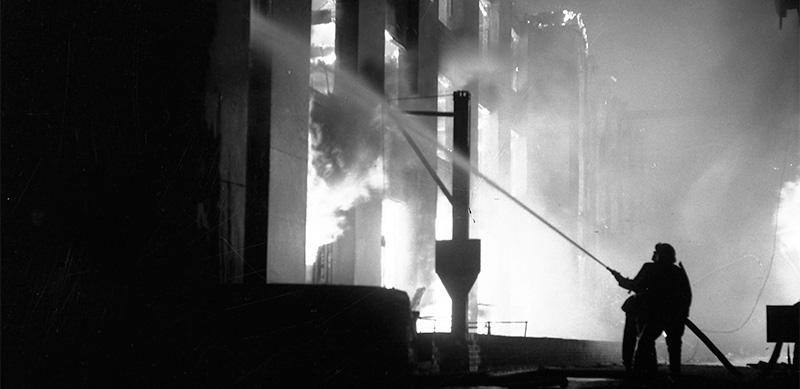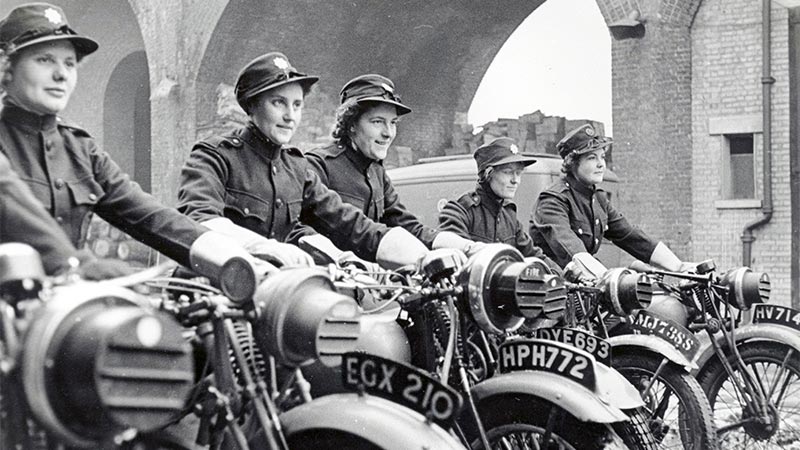Aylmer Newton George Firebrace was born on 17 June 1886 in the coastal town of Southsea, Hampshire. A natural commander, he fought in both World Wars and became the first and only person to head all firefighting in Great Britain, with the formation of the National Fire Service in 1941.

Naval Roots
After his education at Britannia Royal Naval College (BRNC), Firebrace started his military career as a Cadet on board HMS Bulwark, a battleship in the Mediterranean Fleet. This was one of the most prestigious commands in the navy, defending the vital sea link between the United Kingdom and the majority of the British Empire. He also fought in the Battle of Jutland, the largest naval battle of the First World War, with 250 combat ships fighting in the North Sea.
During his time in the Navy, he was awarded the Bronze Medal by the Royal Humane Society. This is a decoration that is awarded to people who have put their own lives at great risk to save or attempt to save someone else.
Rising through the ranks
At the age of 33, Firebrace joined London Fire Brigade, starting his career as a principal officer. His leadership skills didn’t go unnoticed in the Fire Service. In less than a year, Firebrace was promoted to Divisional Officer. Soon after he became senior Divisional Officer. His contribution to the Brigade continued and when he turned fifty, he was promoted to Deputy Chief and then to Chief Officer two years later.
The Second World War

Firebrace was repeatedly seconded to the Home Office to provide top level advice. The government identified the huge impact aerial bombing was having on regional fire brigades. Following the Blitz, a German bombing campaign against the United Kingdom in 1940 and 1941, a single fire service was created, called the National Fire Service (NFS). This merged together the existing 1600 British fire brigades with the Auxiliary Fire Service (AFS). The AFS was created in 1938 to supplement the work of the brigades at local level. Firebrace was appointed as Chief of the Fire Staff and Inspector-in-Chief of the Fire Services. He was responsible for as many as 370,000 personnel, including 80,000 women. No other fire chief has held such a position since.

Legacy
During his life he received several awards for his service. In 1938 he received the King’s Police Medal for Distinguished Service in the New Year Honours. Firebrace was then appointed Commander of the Order of the British Empire and Officer of the Venerable Order of Saint John. On the 13th February 1945 he was knighted by King George VI.
He was a supporter of women in the fire service, which was demonstrated during the war years with tens of thousands of women recruited to the AFS and NFS. The vital role played by women during the Second World War ultimately led to the first operational woman firefighter joining LFB in 1982.

After his retirement from the Fire Service, Firebrace published three theology books plus his autobiography, Fire Service Memories, published in 1948. Married to Dorothy Vernon Grey, Firebrace had a son and a daughter, John and Rosemary. During his lifetime, he was honoured with a new fireboat being named for him. The ‘Firebrace’ entered service on the Thames in 1961. Alymer Firebrace passed away on the 8th June 1972 in London.
This article was researched and written by museum volunteer Andrea N.